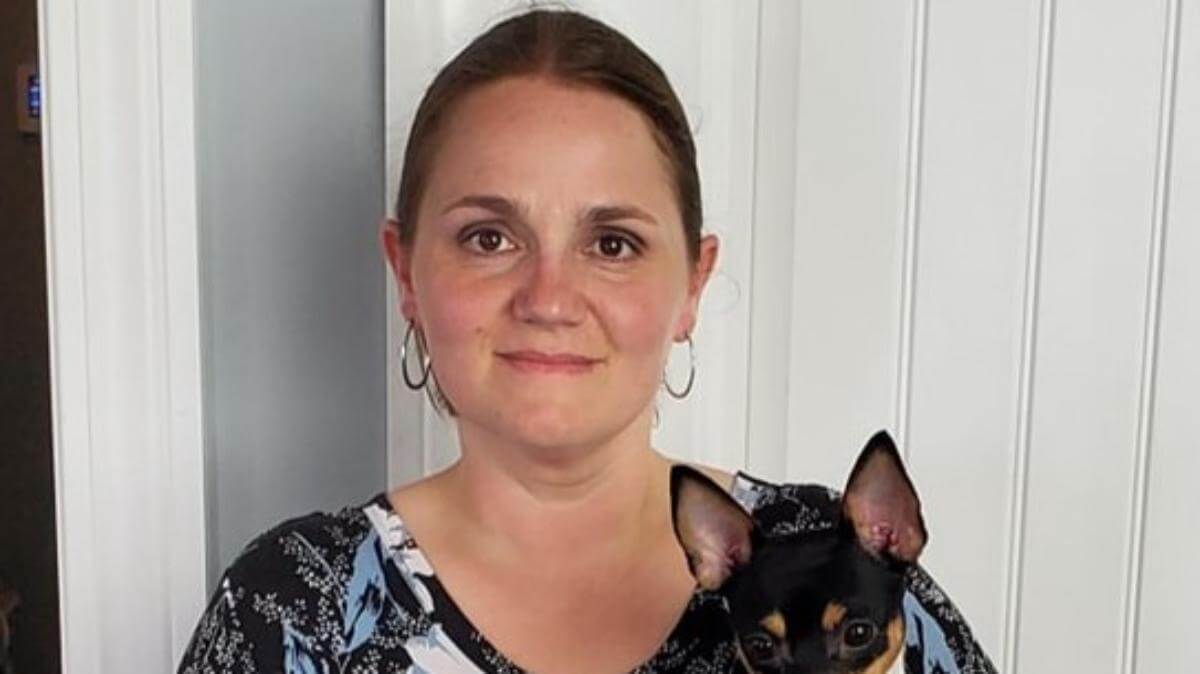
Home » Mandy Halsey | Dynasty Toy Fox Terriers

1. My name is Amanda (Mandy) Halsey and I live in rural Western Ohio. I have owned and loved dogs all my life, but I started showing and raising Toy Fox Terriers (TFT) just over 20 years ago. The kennel name for my dogs is DynAsty Toy Fox Terriers.
2. I try not to start evaluating puppies until they are at least 6-7 weeks old, and I look closer at them from 8-12 weeks. I find that evaluating them before this age leads to emotional attachment and can impact my ability to be objective when making final decisions. I know that not everyone who is wanting a show or performance puppy wants the same qualities in their puppy, so I look at all the aspects of the puppies in helping people to make their choice or when choosing what I want/need to keep for my own breeding program.
3. Our breed is making some improvements in the show ring, but I believe Toy Fox Terrier breeders need to be just as concerned with health as they are conformation. I would like to see TFT breeders do more consistent and thorough vet care of all their puppies, young prospects, and breeding dogs, and use the information to keep the healthiest individuals to use in their breeding programs. In the show ring, I would like to see breeders continue to improve movement and toplines.
4. Dog shows are a fun way for breeders and owners to compete with their dogs. We all hope that each day we will go home “in the ribbons.” I always want to win, but I do not get bent out of shape if I lose to an awesome specimen of the breed. I see entries getting lower and lower. I think there are multiple factors that are impacting this. The cost of everything has gone up. It’s becoming harder and harder for breeders and owners who aren’t independently wealthy to be able to afford to show as many dogs or attend as many shows as they have in the past. One thing I would love to see judges do more often is to award exceptional dogs who maybe are not as widely advertised. In the long run, it really hurts the sport to mostly award the dogs who you see on the covers and pages of all the magazines and ignore other exemplary specimens in the breeds. Breeder/Owner-Handlers and Owner-Handlers are the backbone and the bulk of the dogs at the shows. If those people felt like they had a fairer chance at winning with a nice dog, you would see more and more of them spending their hard-earned money attending shows. When people have to make cuts to their household budgets, they are more likely to make dogs shows a priority in their budgets if they feel it is money well spent.
5. I am sure there are pros and cons to social media when it comes to dog shows. Overall, I feel that it can be good to use to raise awareness for the sport and possibly encourage others to want to check out the sport.
6. I addressed what I think is one of the biggest issues in question No. 4 above. I would also like to see more breeders make the health of their dogs as much of a priority as their conformation. You can have the prettiest and most correct dog, according to the AKC Breed Standard, but if the dog is unhealthy, then what good is it? I would like to see more breeders work closer with their veterinarians and utilize DNA testing and OFA certification with all their dogs, and not only look at a dog’s health up until two years of age (breeding age), but also continue to look for health issues as the dog ages.
7. I feel like, in some breeds and in some circles, people are a little nicer and more accepting of new people in their breed. This is soooo important for the future of the dog sport. At the same time, I think some novices need to be willing to listen more and talk less when working with a mentor.